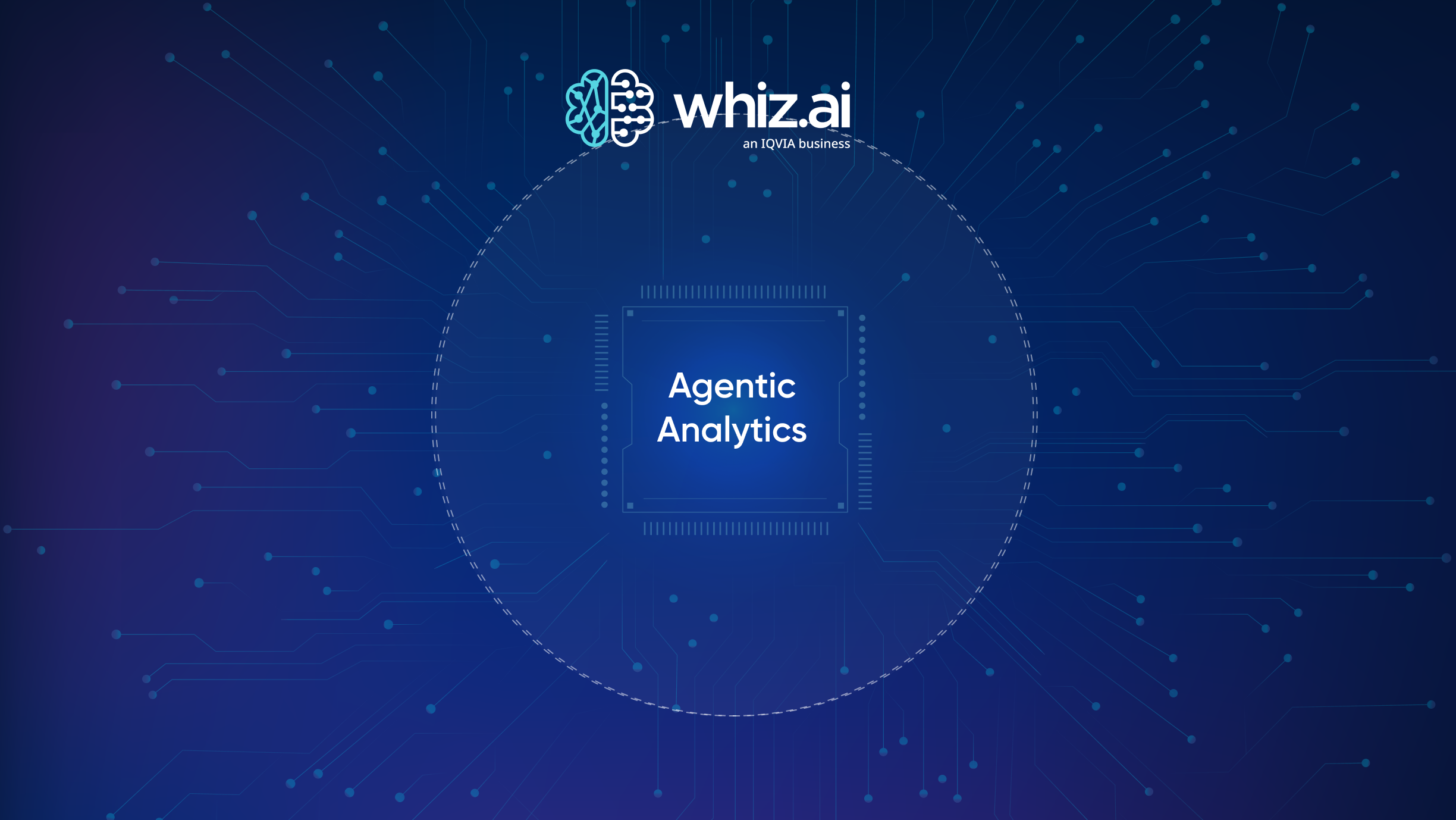Is your BI Failing you? It’s Time to Change the BI Game
.avif)

Last weekend, my family and I (Rohit Vashisht) decided to go for a drive. This time, we decided to venture out to one of our favorite places and since the drive was more than 10 miles away, we did what any driver would do: pull out Google Maps.
Thanks to Google or Waze, most of us are now used to getting real-time insights about our drive—traffic patterns, the best route, estimated time of arrival, and, most importantly, the location of the nearest coffee drive-through. We power up Maps just as quickly as we flip on our ignition. We don’t even think about it.
Imagine if the business world functioned similarly in terms of how we access data and insights? If we could have immediate, contextual insight on where we’ve been and where we are headed, just as easily and quickly as firing up Google Maps? If we could be truly empowered—not encumbered—by data?
I’ll never forget when this notion hit me. I was running my previous company and had about 10 sales reps on our team. We would routinely ask them to pull reports from Salesforce (e.g. opportunities, pipeline, closed won-loss), but only one knew how to do so. The others expressed frustration in learning the tool, asking whether we preferred them to do what they were best at—sell—or learn how to use CRM software. That reasoning struck a chord with me.
In today’s business climate, every professional needs to be data-driven. But not every professional needs to be a data analyst.
Over the last 25 years, businesses have unquestionably become more data-driven thanks to the proliferation of Business Intelligence (BI) tools. In the late ’90s, when BI was in its infancy, IT would program reports in such tools for business users. Fast forward to 2007 and BI evolved once again, introducing dashboards, visualizations, and web-based access. But if you think about it, in the last 15 years or so, the analytics space has remained largely unchanged. Traditional reporting software is still very much rooted in dashboards, leaving organizations of all sizes grappling with dashboard deluge and data fatigue. The impact to the business is steep: low user adoption, fragmented data models and lack of timely insight for employees to do their jobs well.
Simply put, traditional BI is not as easy to use as firing up Google Maps.
Since 2017, WhizAI has had a vision of changing the BI game. We believe it should be fast, contextual, and easy. Organizations should be intelligent, enabling their employees to receive timely insights about the business automatically and on-demand. That’s what next-generation BI looks like. That’s what BI was supposed to be!
Fortunately, technology is coming together—AI, language processing, machine learning, compute power, and the likes—to allow us to propel the analytics space forward. Traditional tools may have been rooted in dashboards, but the future can look considerably different.
So, what does next-generation BI look like? Here are three characteristics:
Invisible:
Business users should not even realize they are using BI; instead, the application should be as easy and fun to use as consumer apps. When we use social media apps like Facebook and LinkedIn, we don’t think about it, we just use them on the go. Similarly, your teams should not feel as though they have to learn complex software or go through a myriad of dashboards. It should just happen; BI should be invisible. Ask a question. Get an answer. When BI becomes part of our day-to-day without our realizing, that is when we have created truly enabled, intelligent enterprises.
Personalized:
Traditional solutions typically involve data teams creating one dashboard that serves thousands of users, with everyone seeing the same report. But every member of your team is unique and processes information differently. As such, BI should be personalized and so intelligent that it learns how an individual thinks, talks and synthesize data, so that it can automatically create meaningful reports for that user.
Proactive:
Analytics software needs to be a step ahead, anticipating the questions users will ask before they ever ask them. Next-generation data tools need to be trained to learn what normal looks like for end-users so that they can spot data anomalies and notify users when something looks off so they can handle issues proactively. That’s the holy grail of BI!
When we think about the rapidly changing business landscape—and the macro challenges that all organizations face today—it has never been more important to build a futuristic company that is intelligent, proactive and a step ahead. BI can be that powerful weapon to future-proofing our businesses. To help us take decisive, deliberate action that is backed by rich insight.
The future of BI is here! Now it’s time to let your teams experience it!
At WhizAI, we are changing the BI game. Our AI solution is the first and only platform purpose-built for life sciences. Interested in seeing our product in action? Click here to check it out!


Subscribe to our blog








.png)






.avif)



.png)